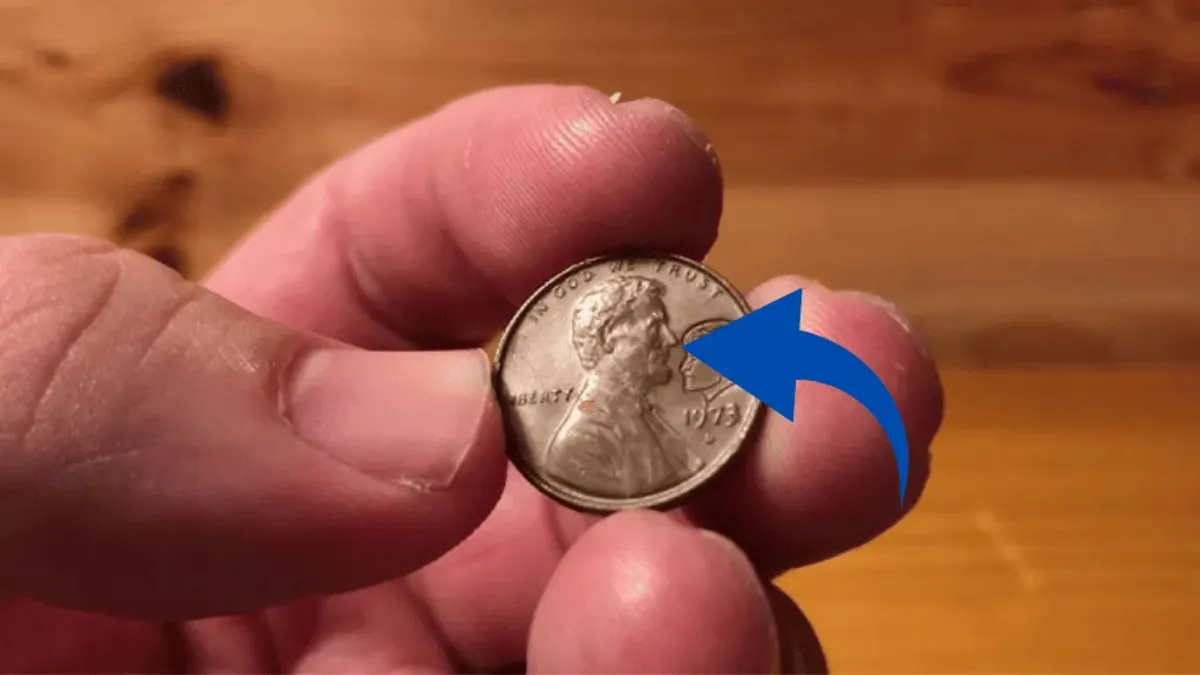The Lincoln Wheat Penny is one of the most famous coins in American history. First introduced in 1909, it was the first U.S. coin to feature a real person instead of symbols. Designed by Victor David Brenner to honor President Abraham Lincoln’s 100th birthday, it shows Lincoln’s profile on the front and two wheat stalks on the back, symbolizing the country’s farming strength. This design stayed the same for nearly 50 years, from 1909 to 1958, making it one of the longest-running coin styles ever used in the U.S.
The Myth of the $1.5 Billion Penny
There are stories floating around about a Lincoln Wheat Penny supposedly worth $1.5 billion. While no coin has ever sold for that amount, some rare versions have reached huge prices at auctions. The most valuable Lincoln Wheat Penny ever officially sold is the 1943 copper penny, which went for about $1.7 million. Experts believe if a flawless, unique version were found—especially with some unknown historical feature—it could break records. But reaching a billion-dollar value is extremely unlikely and would take a one-of-a-kind discovery.
The WWII Error That Made History
The most famous Lincoln Wheat Pennies come from a mistake made during World War II. In 1943, copper was needed for war supplies, so the government made pennies from steel coated in zinc. But a few copper blanks from 1942 were left behind in the mint’s machines. These were stamped with the 1943 date by accident, creating one of the rarest U.S. coins. Only about 15 to 20 real 1943 copper pennies are known today, and they’re incredibly valuable to collectors.
How to Spot a Valuable Wheat Penny
If you think you’ve found a rare Lincoln Wheat Penny, there are a few things to check. Look closely at the date and mint mark. Rare examples include the 1943 copper penny, the 1909-S VDB, the 1914-D, and the 1922 no mint mark penny. You can also try the magnet test—steel pennies will stick to a magnet, copper ones will not. Weighing the penny helps too. Copper pennies weigh about 3.11 grams, while steel ones weigh less at 2.7 grams. The condition of the coin also matters a lot—coins in near-new shape are worth more.
A Treasure Hunt That Never Ends
Part of the fun of collecting Lincoln Wheat Pennies is the thrill of the hunt. These rare coins might still be out there in old jars, piggy banks, or even your pocket change. Some collectors search through bank rolls of pennies, looking for valuable finds. The chance of discovering something rare keeps the hobby exciting and continues to attract new collectors every year.
Why Collectors Love Wheat Pennies
Even though the idea of a $1.5 billion penny is mostly just a legend, rare Lincoln Wheat Pennies still hold investment value. Their historical importance, limited supply, and the condition they’re found in can all affect their price. Many collectors have seen their coins grow in value over time. For investors who also enjoy history, Wheat Pennies offer a great mix of nostalgia and financial potential.
When to Get a Professional Opinion
If you think you’ve come across a rare Lincoln Wheat Penny, it’s important to have it professionally checked. Reputable services like the Professional Coin Grading Service (PCGS) or Numismatic Guaranty Corporation (NGC) can confirm if it’s real and assess its condition. This expert evaluation helps determine the true market value and is key if you plan to sell your coin to serious buyers.
Disclaimer
This article shares general information about coin collecting and estimated values. The values mentioned are based on rare cases and do not reflect typical market prices. Always consult a certified coin expert for professional appraisals. Market prices can vary widely depending on condition, authenticity, and demand.
FAQs
Q: Is there really a Lincoln penny worth $1.5 billion?
A: No, that number is more of a rumor. The most expensive Lincoln penny sold for about $1.7 million.
Q: What’s the rarest Lincoln Wheat Penny?
A: The 1943 copper penny is one of the rarest. Only 15 to 20 real ones are known to exist.
Q: How can I check if my penny is valuable?
A: Look at the date, test with a magnet, weigh the coin, and check its condition. Rare dates like 1909-S VDB and 1914-D are valuable.
Q: Should I clean an old penny before selling it?
A: No. Cleaning can lower its value. Leave it as is and get it checked by a coin expert.

